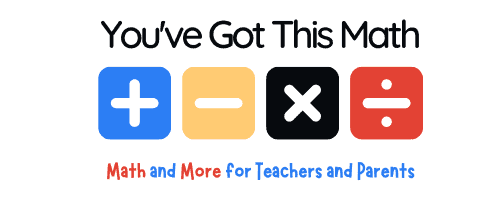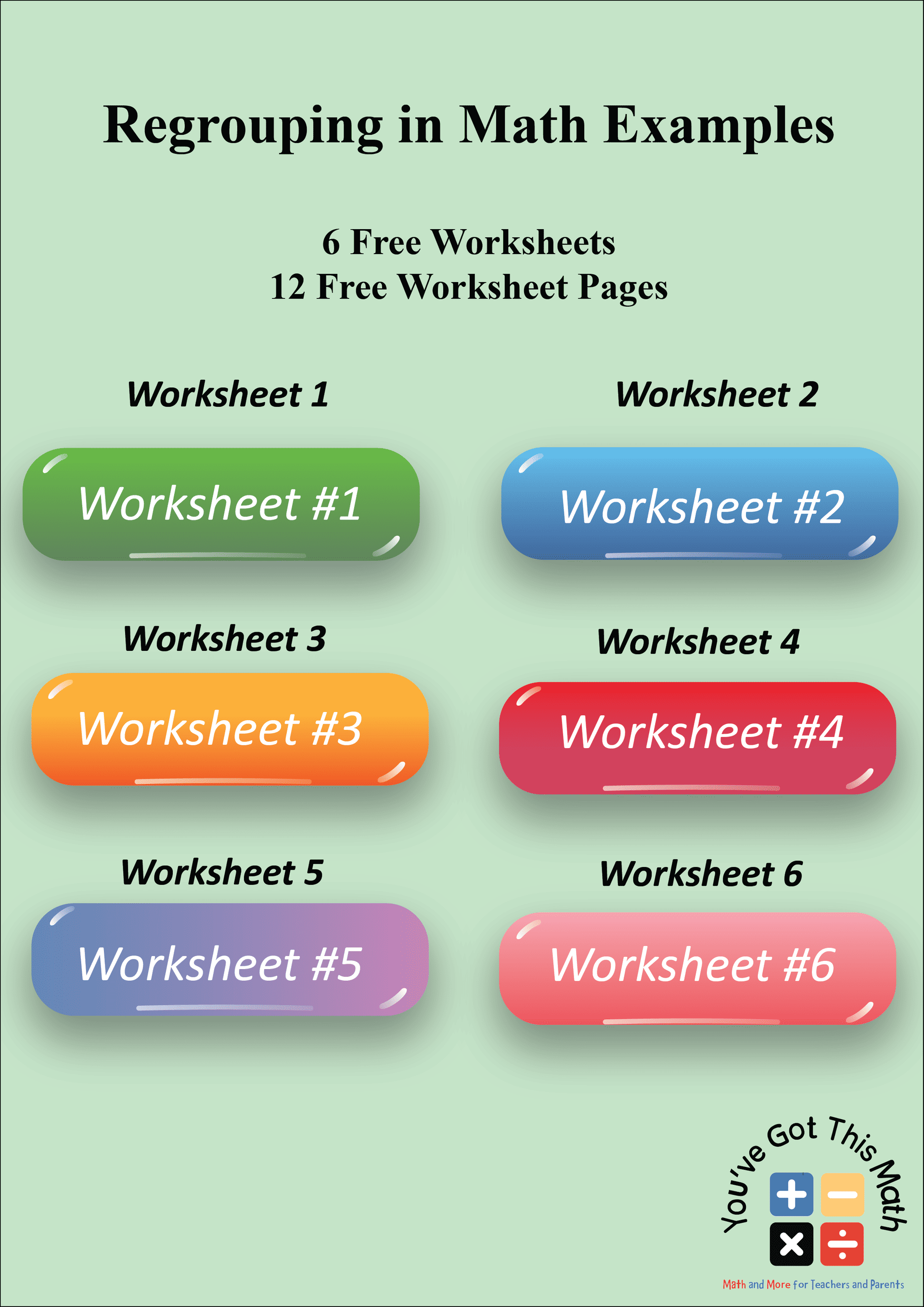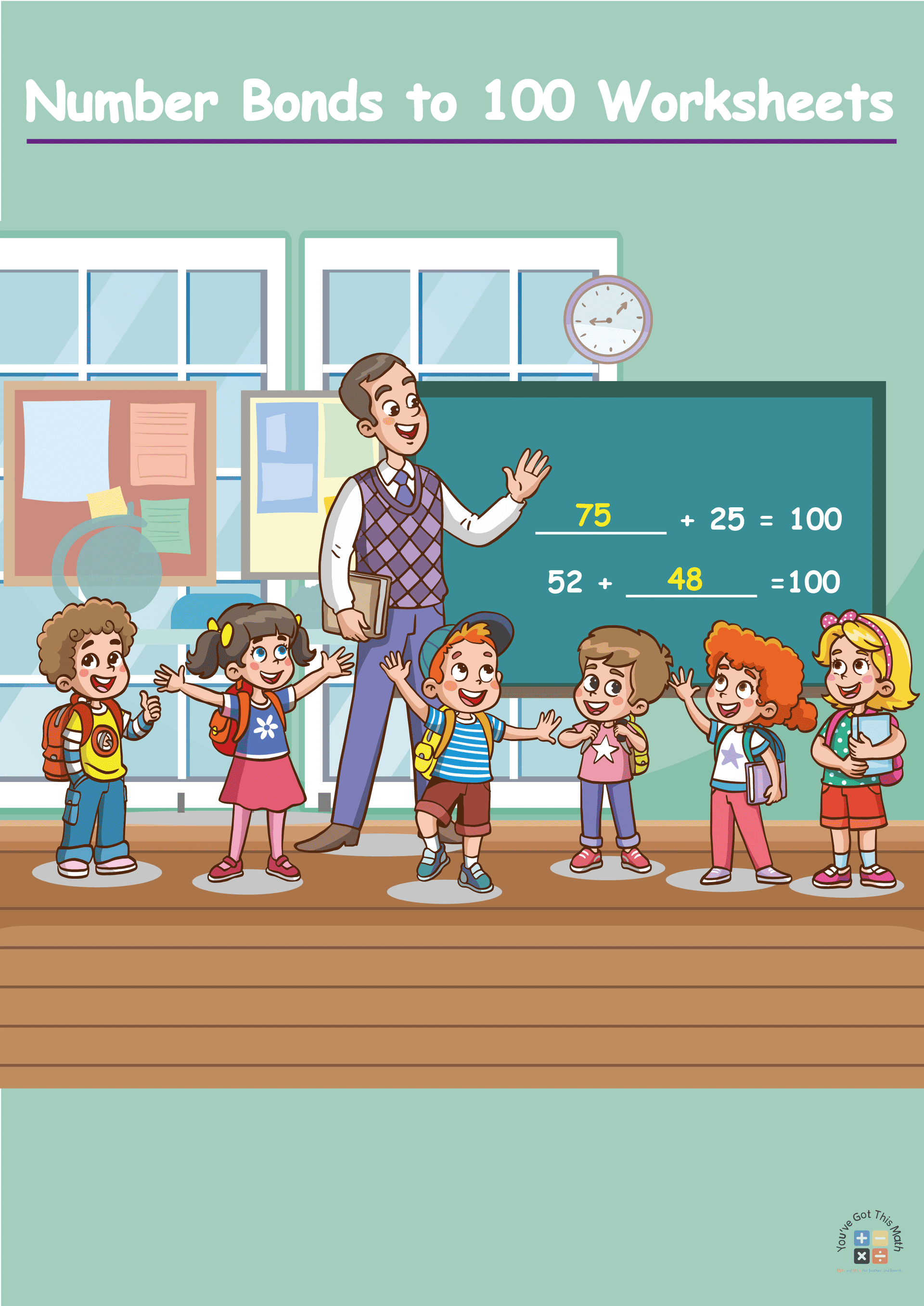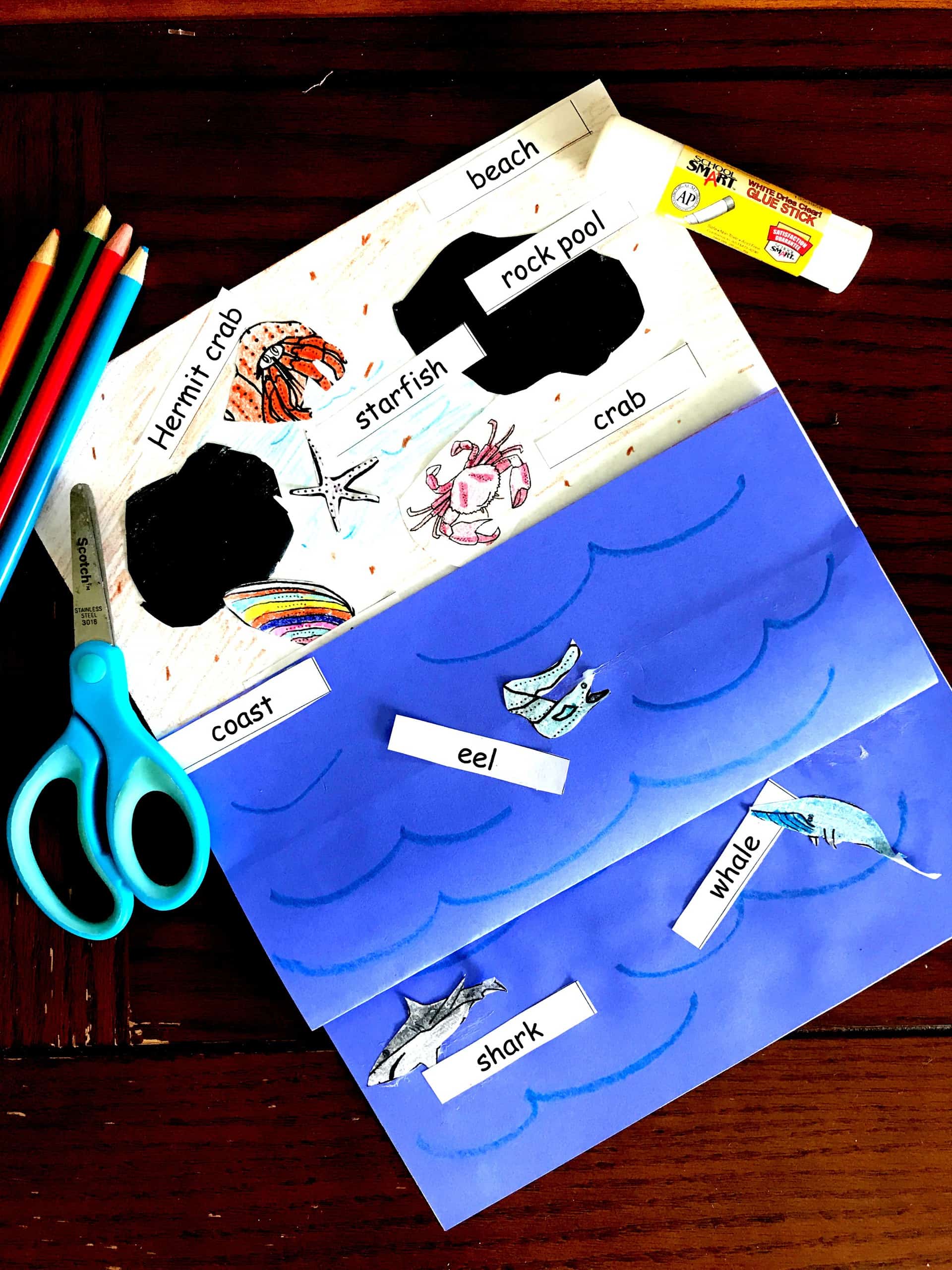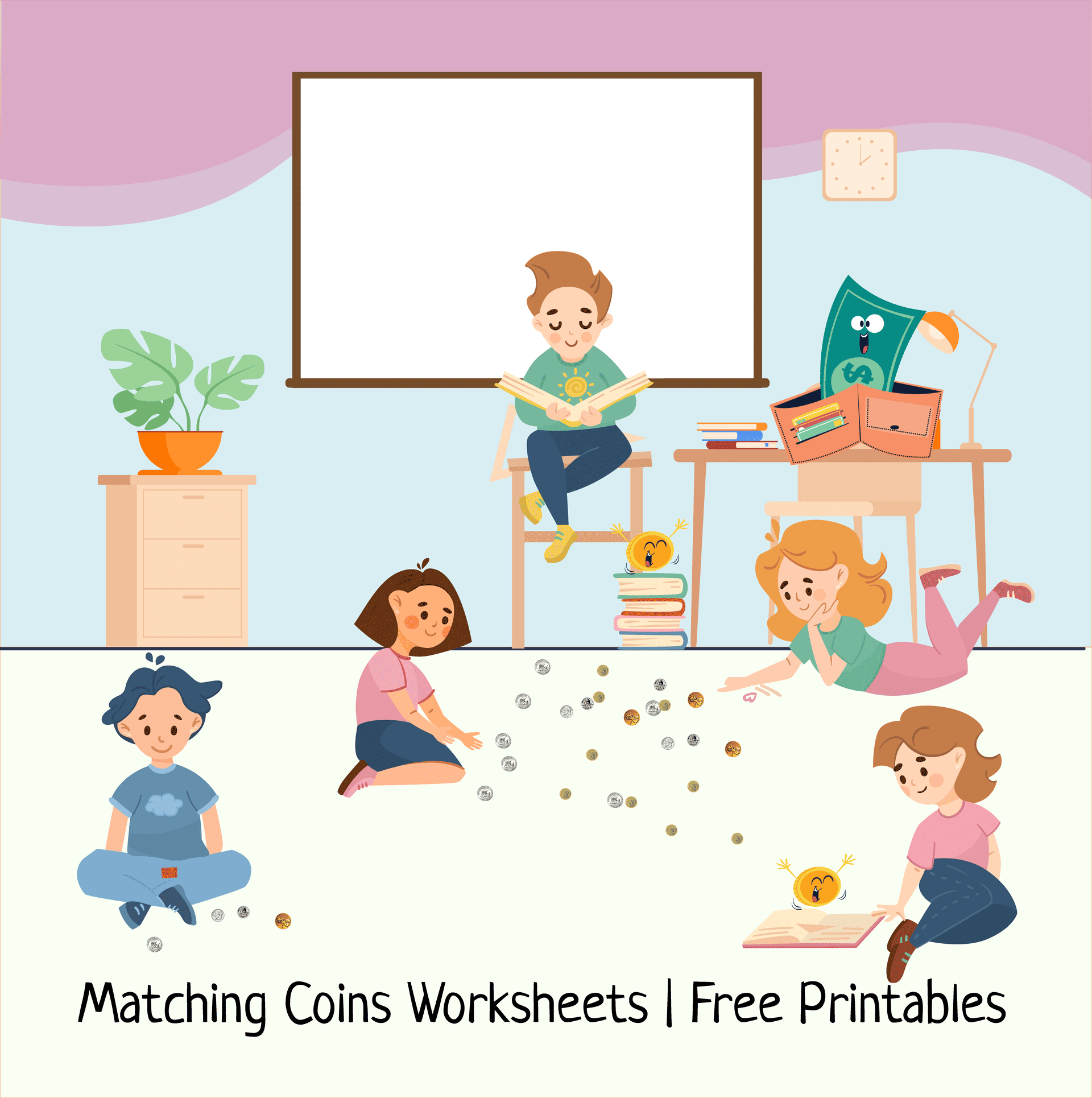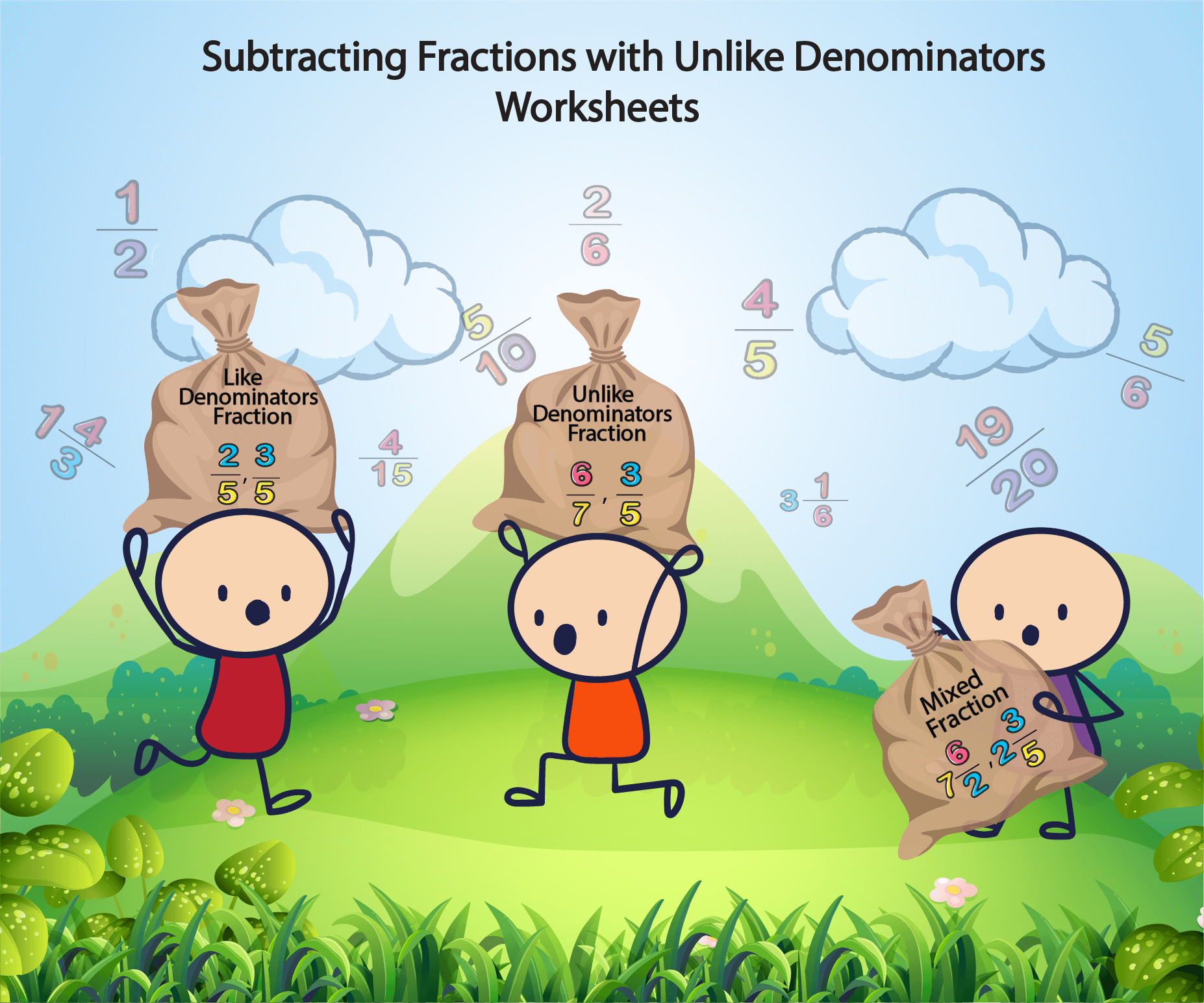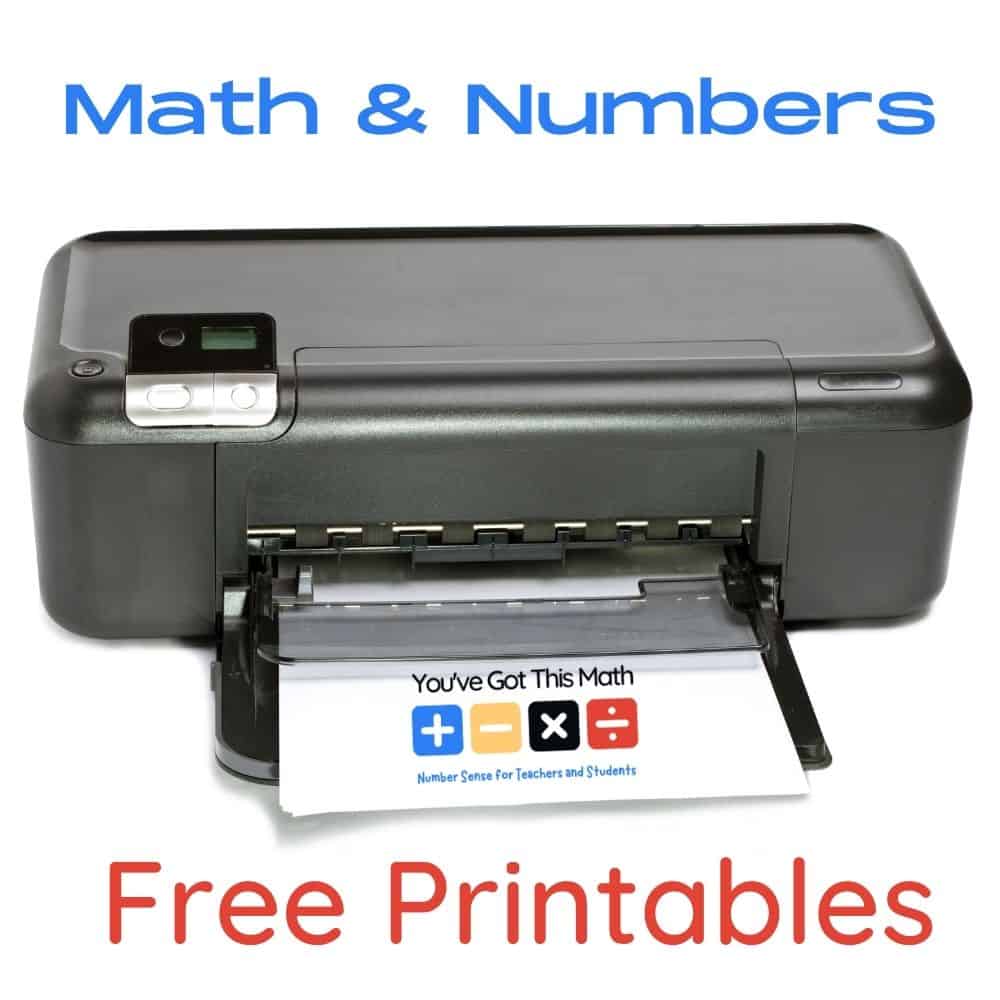Regrouping in Math Examples | 80+ Problems | Free Printable
These worksheets on regrouping in math examples will give you a total idea about regrouping. A PDF of the worksheet is attached to this article. Your students from grades 1-3 will enjoy the worksheets surely. You will find a complete overview of regrouping after reading this article.
6 Worksheets on Regrouping in Math Examples
Please download the following worksheets and practice.
Regrouping in Math: The Basic Idea
Making groups of ten when doing math operations like addition or subtraction is known as regrouping. This frequently occurs while dealing with double digits.
Technically speaking, it also happens whenever you have a response that is greater than 10. It applies to any circumstance in subtraction where you must “borrow” from the tens column. For instance, 28 + 17 in two-digit addition would be an example.
In this situation, you must reorganize. 8 + 7 equals 15, or one 10 and two units when added together. You then remove the two units and recombine the tens into the tens column.
The response is 45. Regrouping isn’t confined to addition, though. When solving a subtraction issue, you can also regroup.
As an example, consider the issue 32 – 18. To begin with the units, 8 cannot be subtracted from 2. Thus, you must arrange a single ten from the 20 into a group of 10 units. then subtract 8 from 12 to arrive at. Your answer is 4.
You then look at the tens side. 3 minus 2 equals 1, thus you have one ten. Hence, the final response is 14.
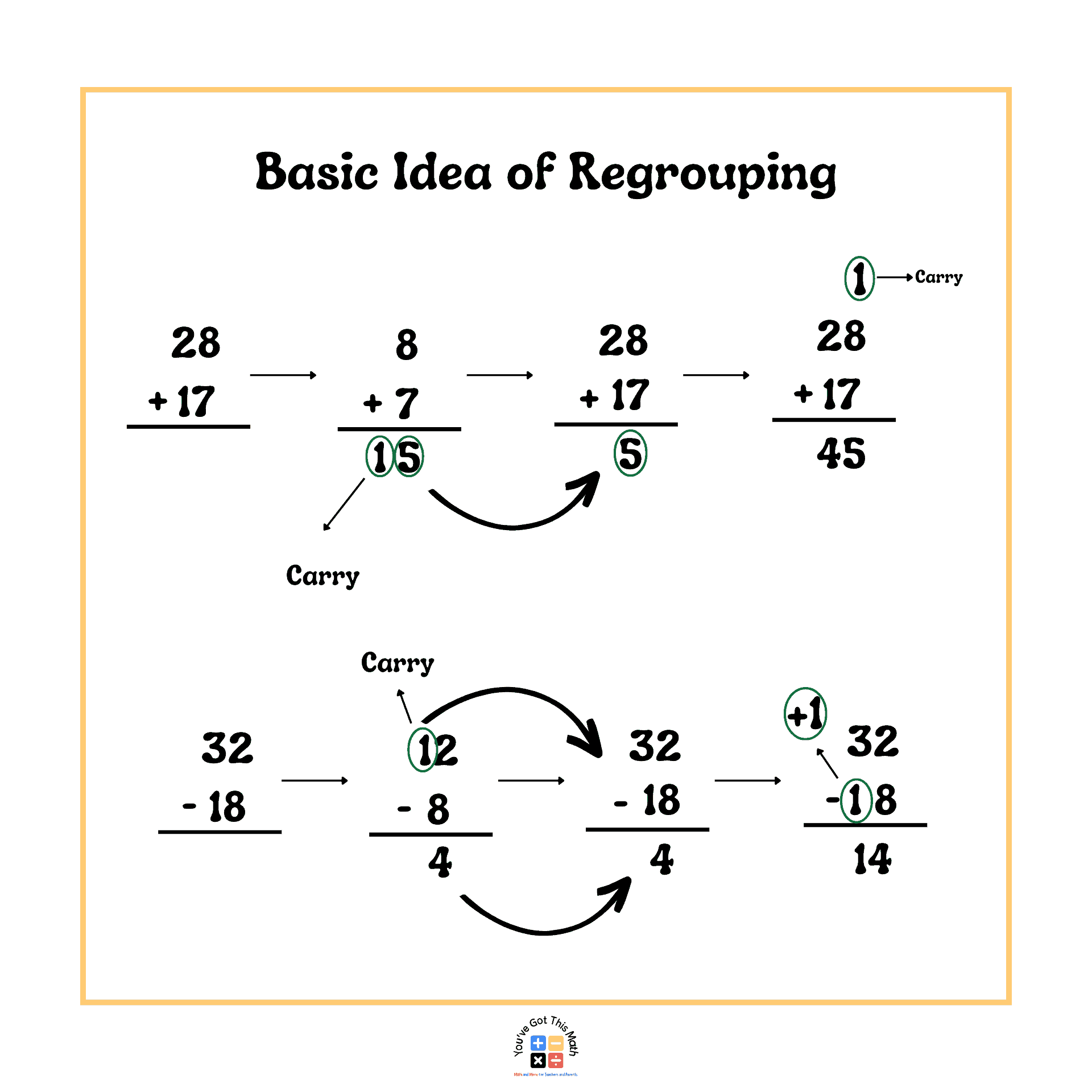
3 Interactive Examples of Regrouping in Math
These methods should assist your young champ in learning the basics of mathematical operation learning and laying a solid foundation. Download the worksheets and practice.
Using Regrouping in Addition Math
In this portion of this article, I will use regrouping in addition problems. Follow the steps shown in the picture one by one.
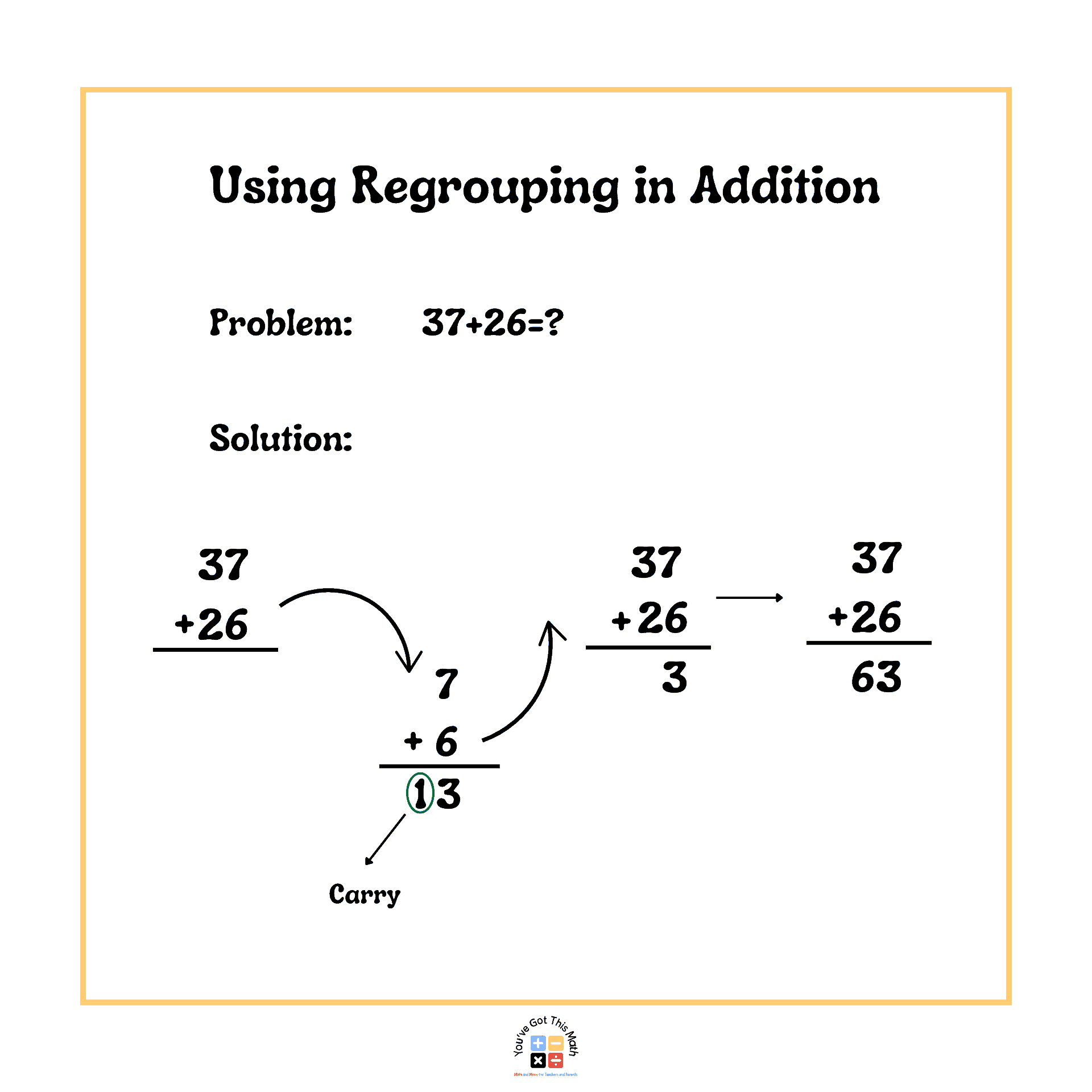
Regrouping in Subtraction Math
Here, I will show how to use regrouping in subtraction math examples. Follow the following steps mentioned in the picture.
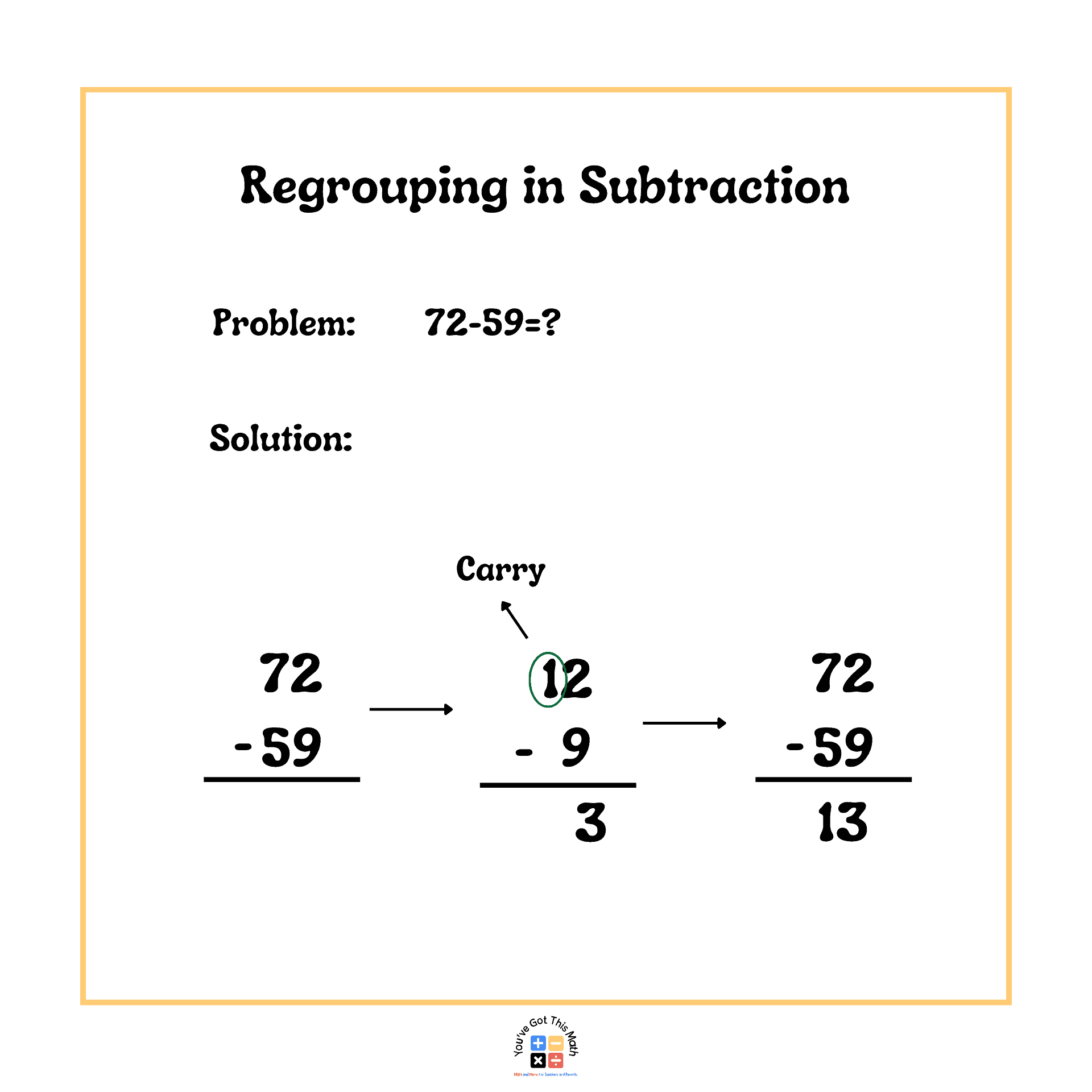
Add and Subtract Fractions Using Regrouping Method
You must first identify a common denominator when adding or subtracting fractions with various denominators. To do this, determine the denominators’ least common multiples (LCM), then use that value as the new denominator for each fraction.
If possible, you can add or subtract the numerators after finding a common denominator to simplify the resultant fraction. You must regroup the fraction or simplify it as a mixed number if the numerator is bigger than the denominator. Here’s an example of how to add and subtract fractions using regrouping: Add 2/5 and 5/4.
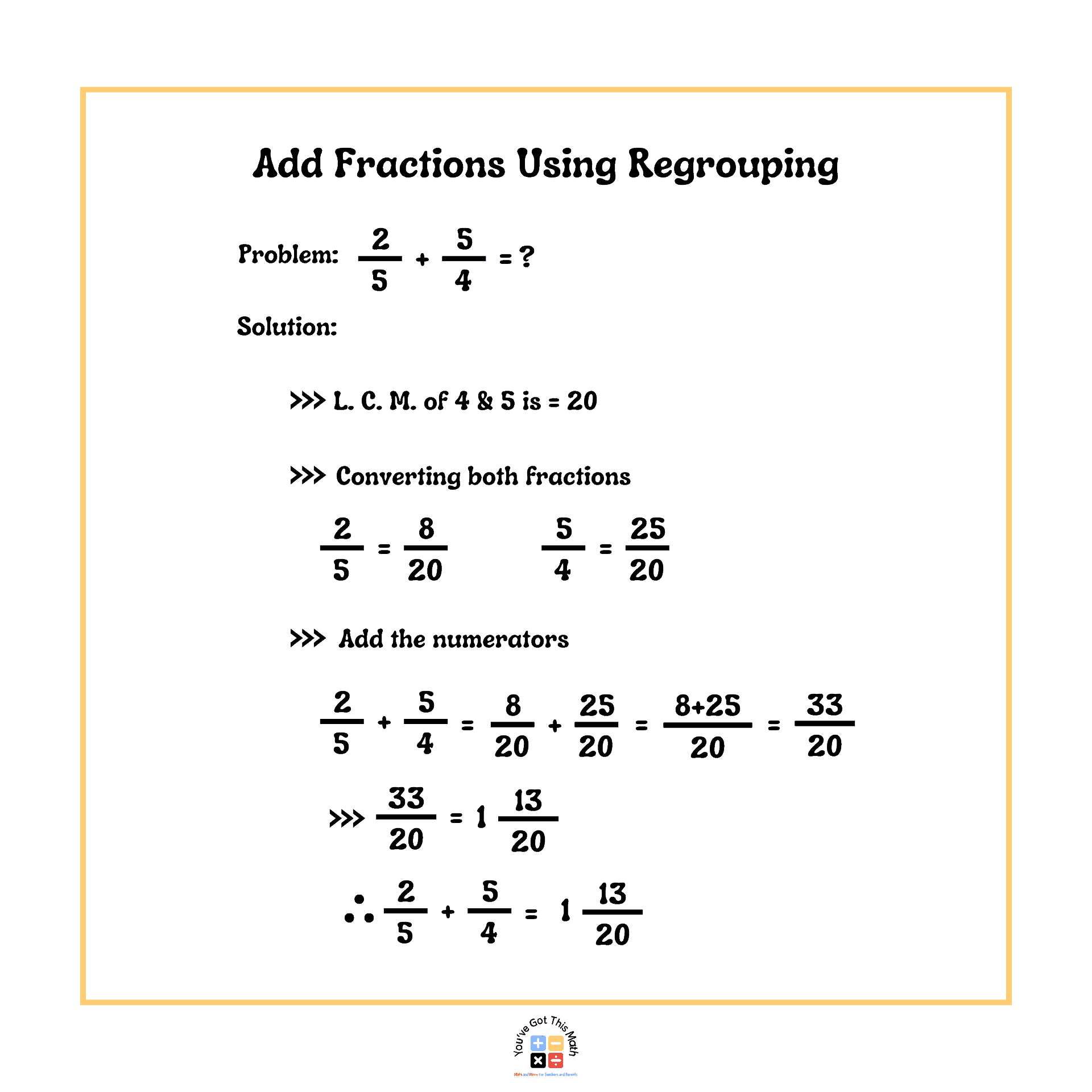
Download Free Printable PDF with Worksheets
Download the following free printable PDF with worksheets with lots of exercises
So today, we’ve discussed regrouping with worksheets on regrouping in math examples using the concepts of addition, subtraction, and fractional problems. Download our free worksheets, and after practicing these worksheets, students will surely improve their mathematical skills and have a better understanding of regrouping.

Hi there! This is Souptik Roy, a graduate of the Bangladesh University of Engineering and Technology, working as a Content Developer for the You Have Got This Math project of SOFTEKO. I am a person with a curious and creative mind. After finishing my Engineering degree, I want to explore different fields. This is why I am working here as a content developer. I have a massive interest in creative content writing. When I find that someone can learn something from my articles, this gives a lot of inspiration. hopefully, you will find interest in my article, if you have a child and want to teach them math with fun.
